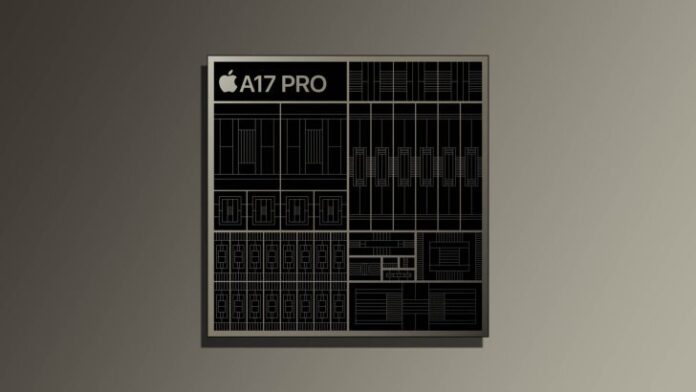
The A17 Pro is built on a cutting-edge 3nm architecture, so Apple would be able to take advantage of the node’s power efficiency to give the SoC a remarkable lead in both single-core and multi-core workloads, but that is not the case, according to the newest leak. The biggest gap was actually spotted in the single-core results against the A16 Bionic, so it is not necessarily a breakthrough manufacturing process that helps a chipset gain incredible performance.
In the multi-core results, the A17 Pro only manages single-digit gains against the A16 Bionic
On Geekbench 6, a few specifications of the A17 Pro reveal that the device with the identifier iPhone16,1 features 8GB of RAM, which is something we already pointed out in an earlier report. Aside from that, the leak shows that the two performance cores are running at 3.78GHz, with no information related to the efficiency cores. Keep in mind that the performance cores running in the A16 Bionic are clocked at 3.46GHz. While that is a small difference in frequencies, the varying manufacturing processes should have introduced a performance gap.
Unfortunately, the A17 Pro only manages to obtain 2,914 and 7,199 in the single-core and multi-core results, which is disappointing, considering that Apple could taken advantage of the 3nm node’s improved efficiency to get more performance out of the SoC at a slightly higher power draw. Compared to the A16 Bionic, which secures 2,644 and 7,073 points in the same benchmark run, the A17 Pro outperforms its predecessor by only 10 percent in the single-core results and registers a single-digit difference in the multi-core phase.
These figures make you feel as if Apple may have deliberately removed some performance from the new silicon to ensure incredible battery life for the iPhone 15 Pro and iPhone 15 Pro Max. While there is no way of confirming this, we have pointed out that both the iPhone 15 Pro Max lasts for the same amount of time as the iPhone 14 Pro Max in video playback, streaming and audio playback tests. These findings suggest that the battery capacity might be downsized this year, so Apple may have downclocked the A17 Pro to get more battery runtime from the latest flagships.

While we wait for more evidence to come through, you can check out the Geekbench 6 results by clicking on the source link below, and also let us know if you think the A17 Pro should have delivered more in the single-core and multi-core runs.
WccftechContinue reading/original-link]





